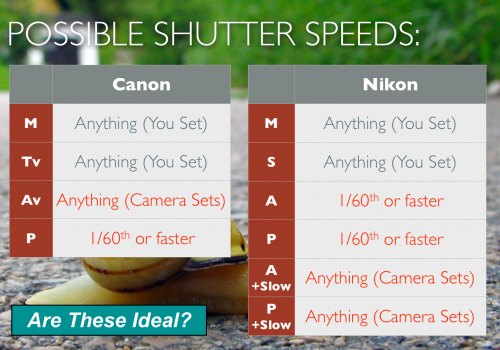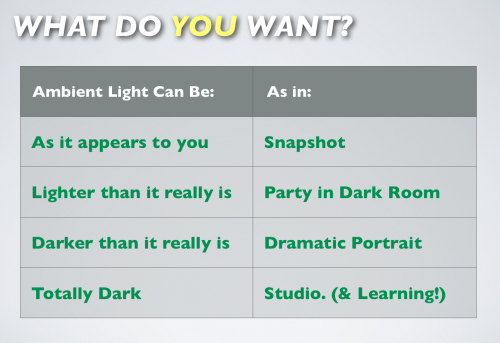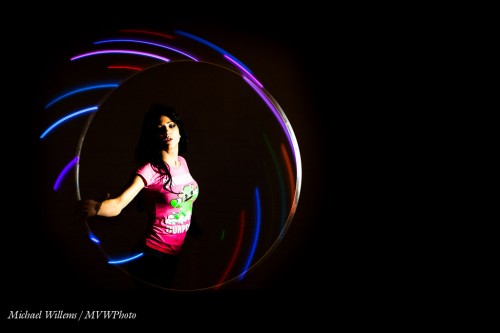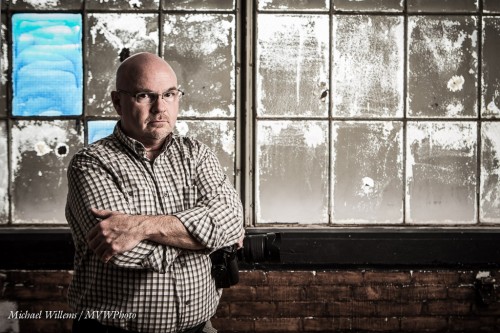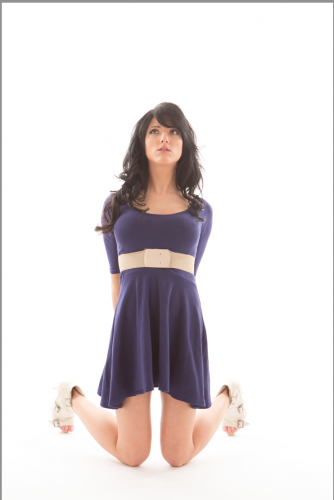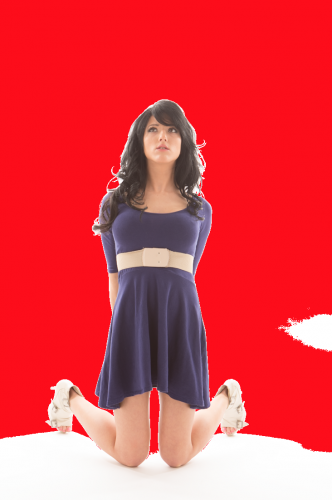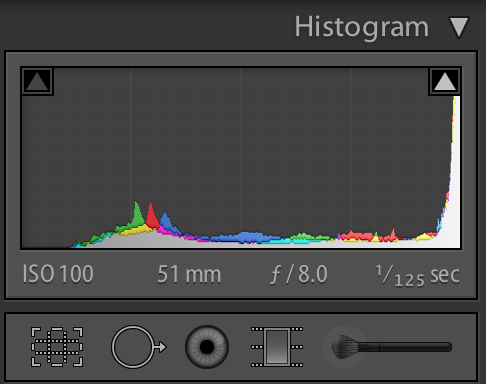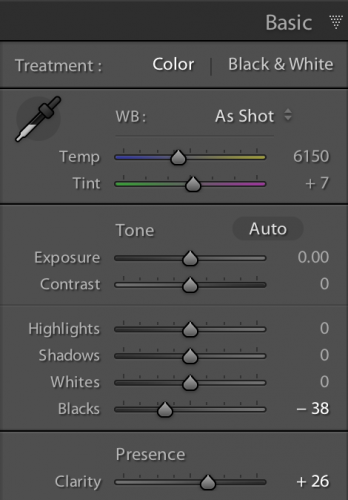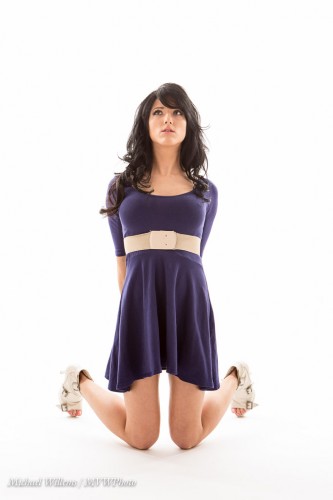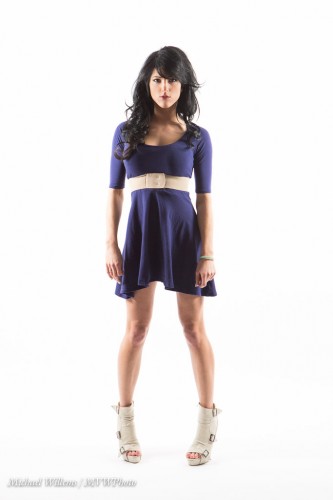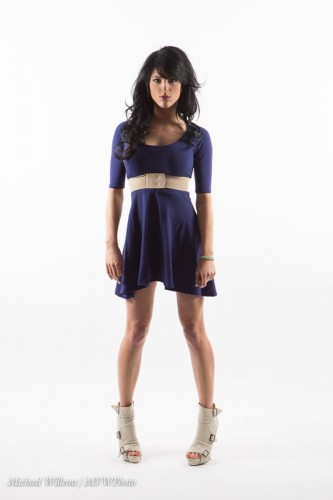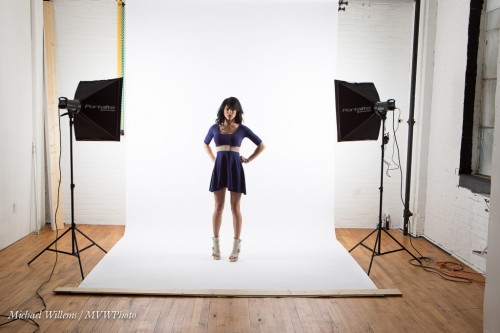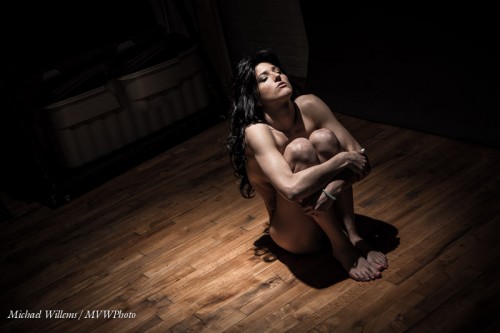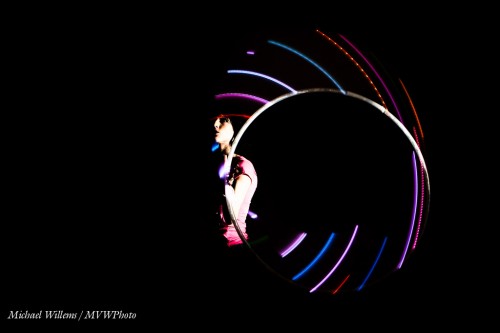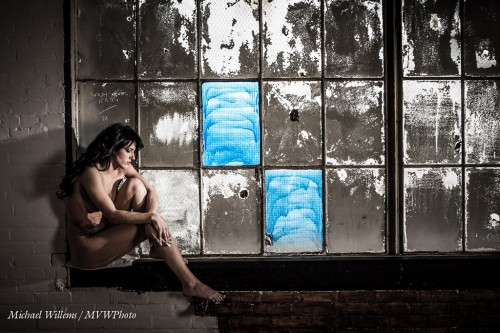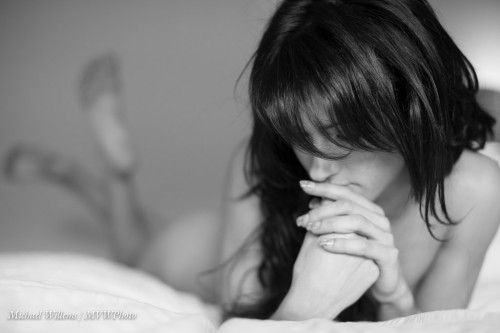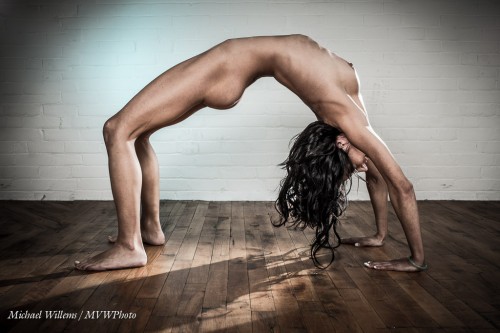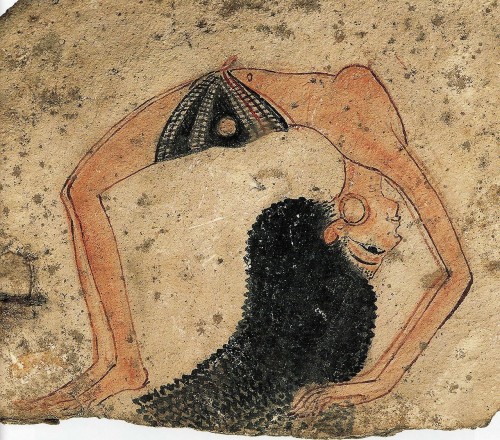When you shoot with a flash indoors, what exposure mode should your camera be in?
Of course I would say “manual” – my camera is almost always in manual exposure mode. But why do I say that? Why manual – why not, say, aperture mode?
Let me explain. Here’s what the cameras allow the shutter speed to be in the various modes:
The Canon engineers decided that:
- in Aperture mode (Av), the camera will expose as it sees fit. That could mean a shutter speed of, say, three seconds… not ideal!
- in Program mode (P), the shutter shall not be slower than 1/60th second. Also not ideal: unless you like very high ISOs, you may well want to go to 1/30th or even 1/15th, when using a wide lens, to get enough ambient light in.
The Nikon engineers decided that:
- In both A and P modes, the shutter shall not be slower than, usually, 1/60th second. Not ideal: unless you like very high ISOs, you may well want to go to 1/30th or even 1/15th, when using a wide lens, to get enough ambient light in.
- In both A and P modes, when you enable the “Slow Flash” setting, the camera will allow slow shutter speeds to expose as it sees fit. That could mean a shutter speed of, say, three seconds… not ideal, either.
So neither of those modes are perfect for indoors flash shots. Hence, S/Tv, or better, M is the way to go!

